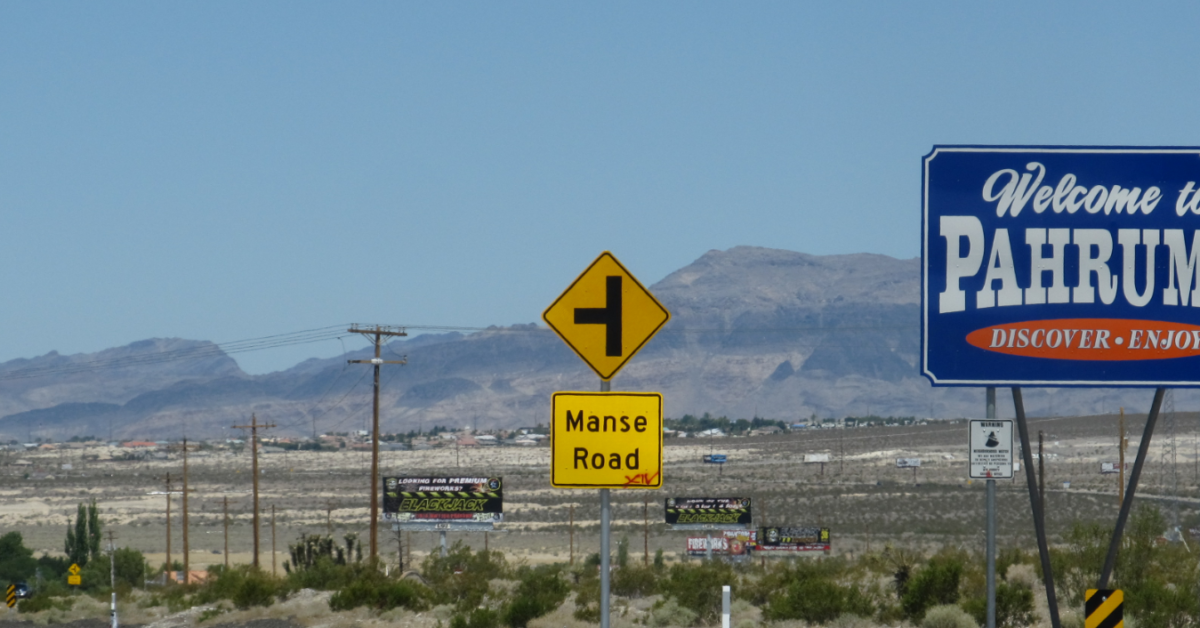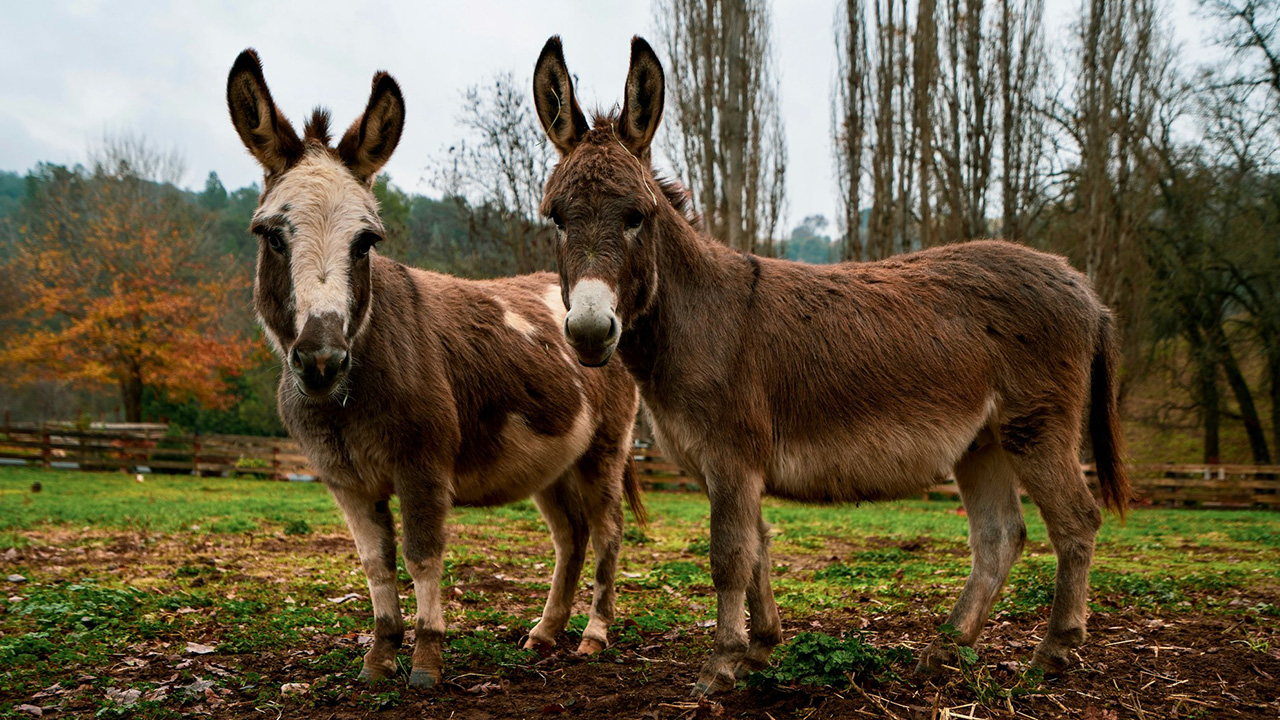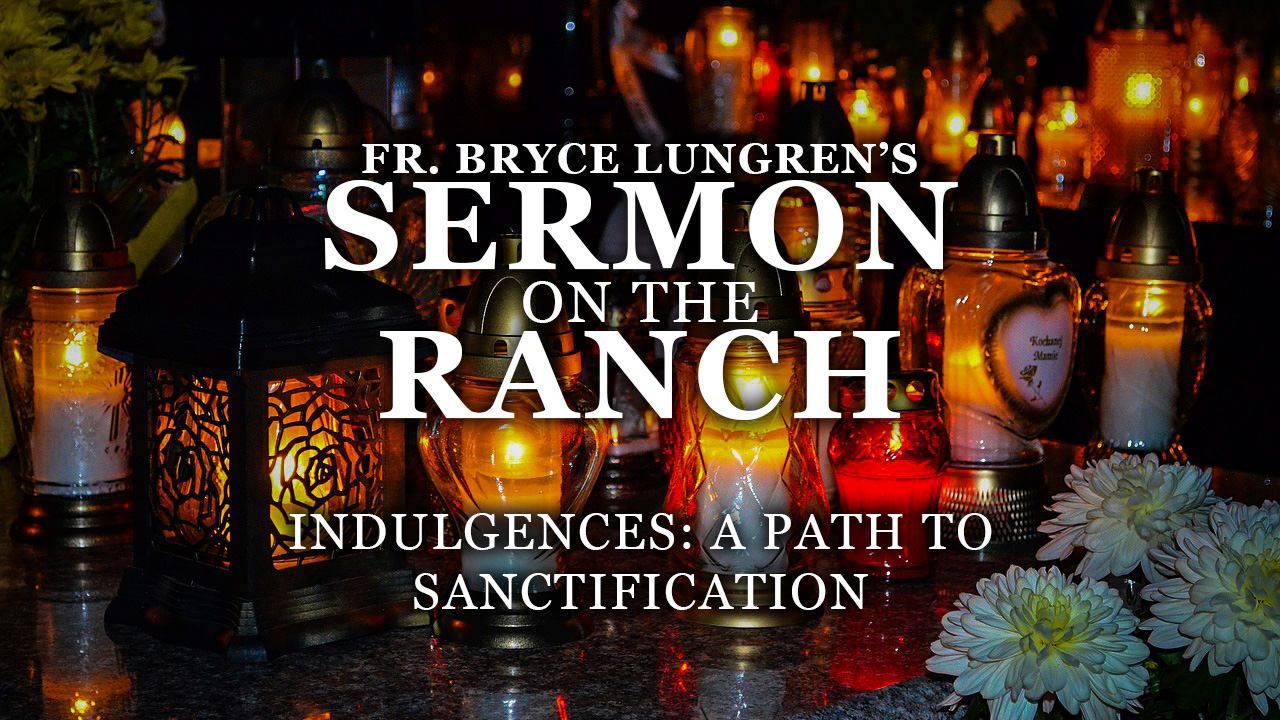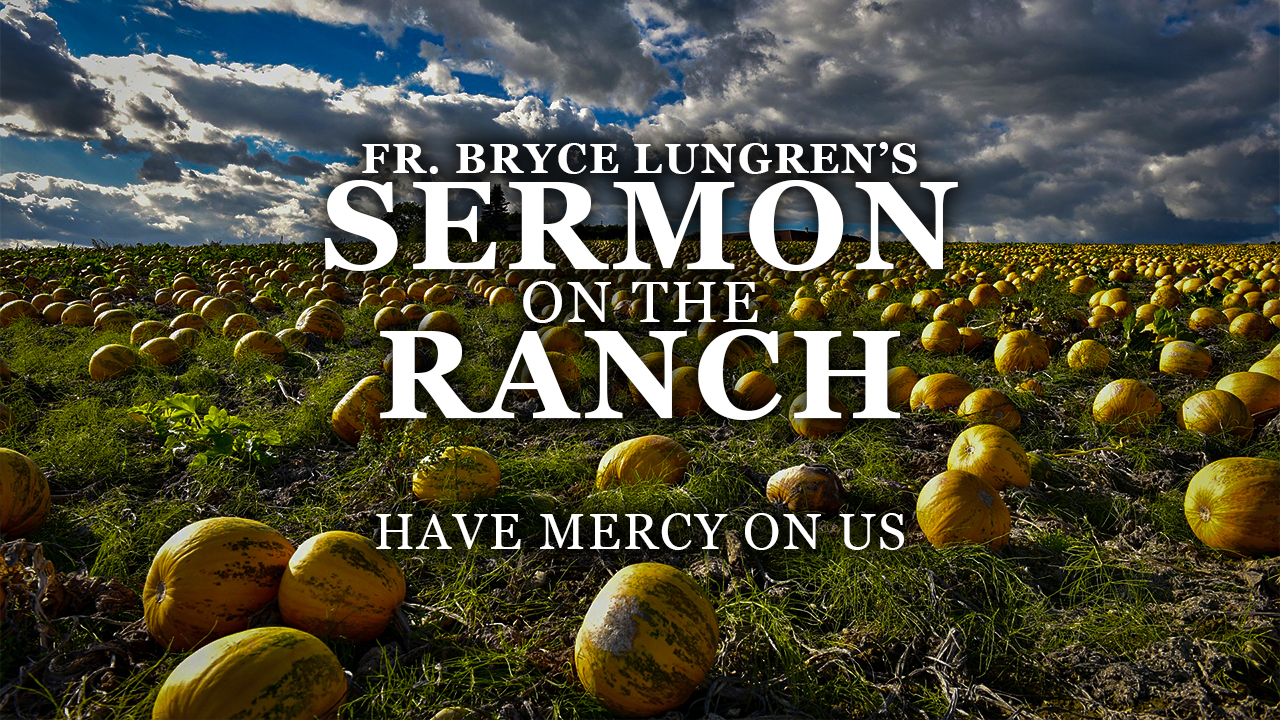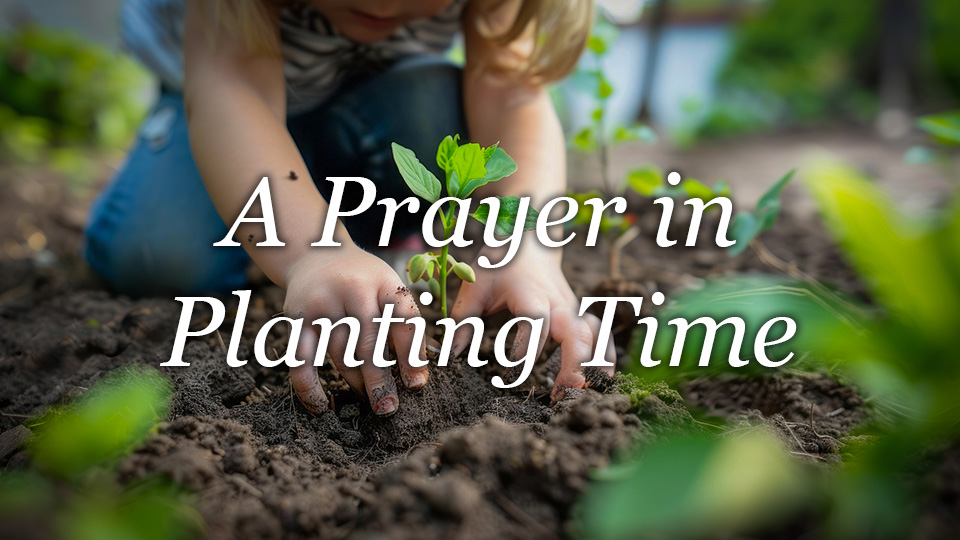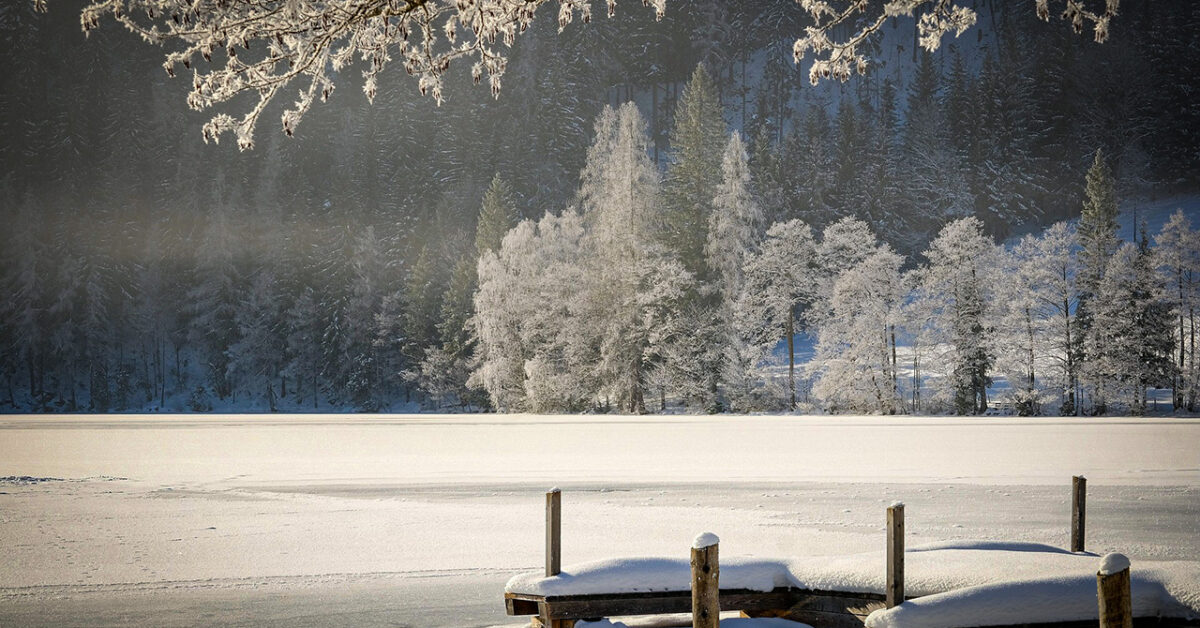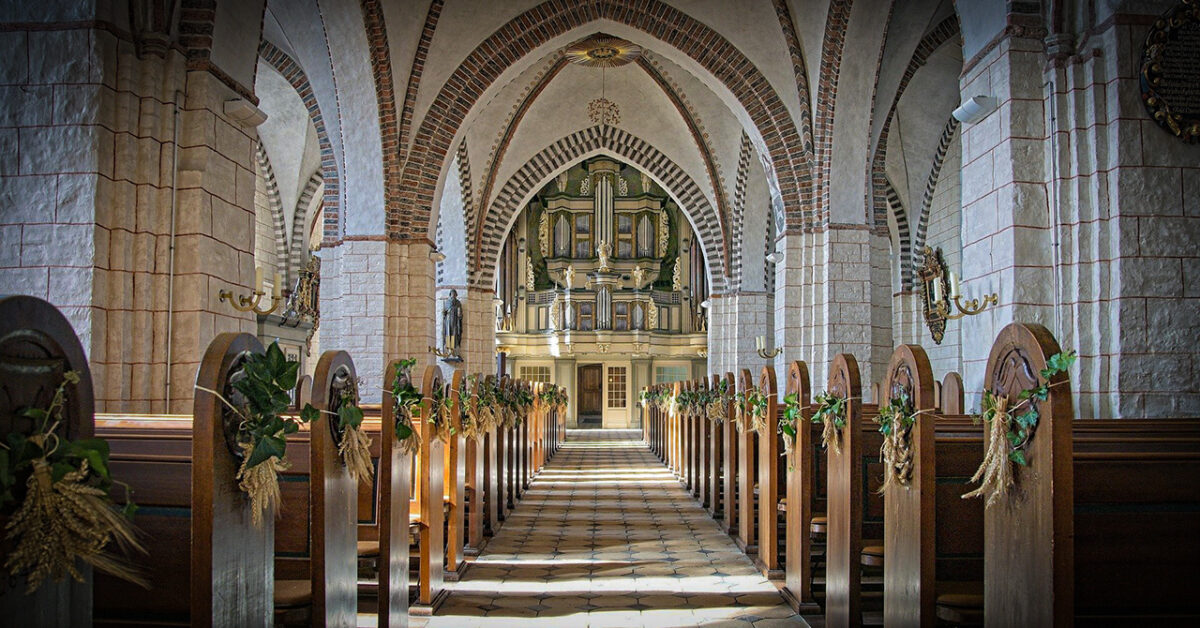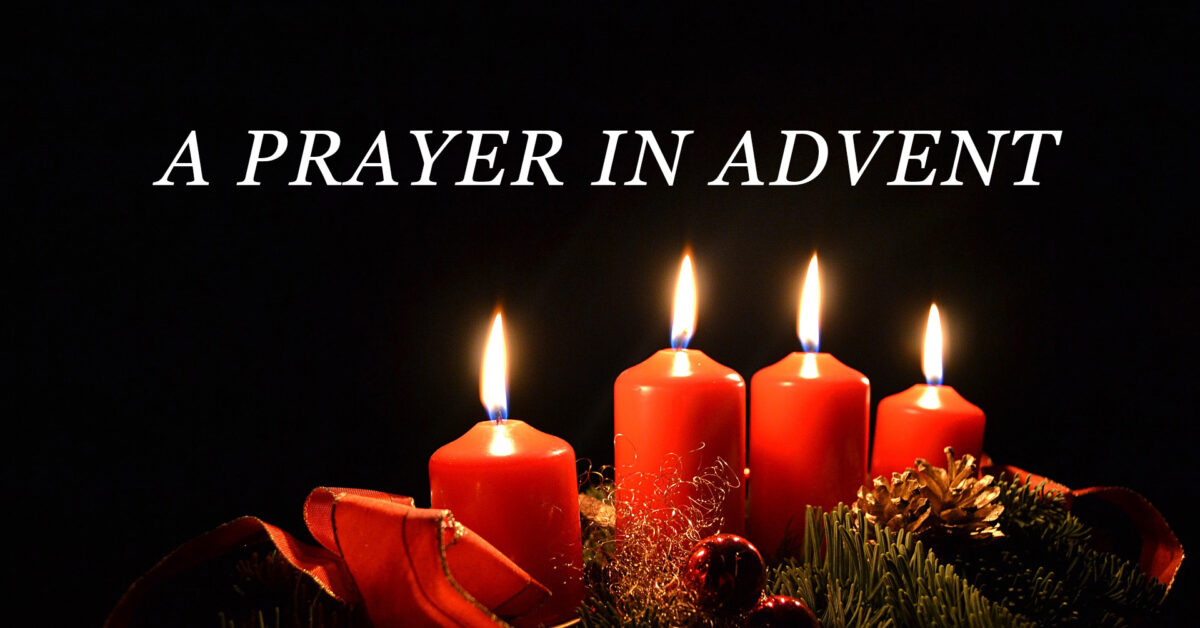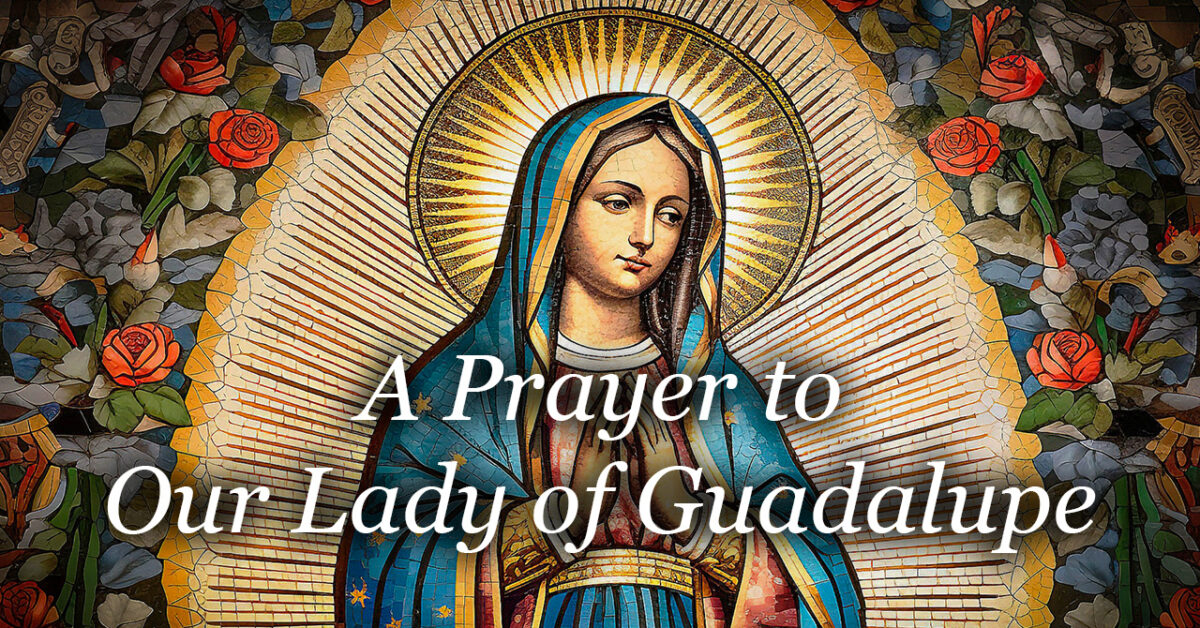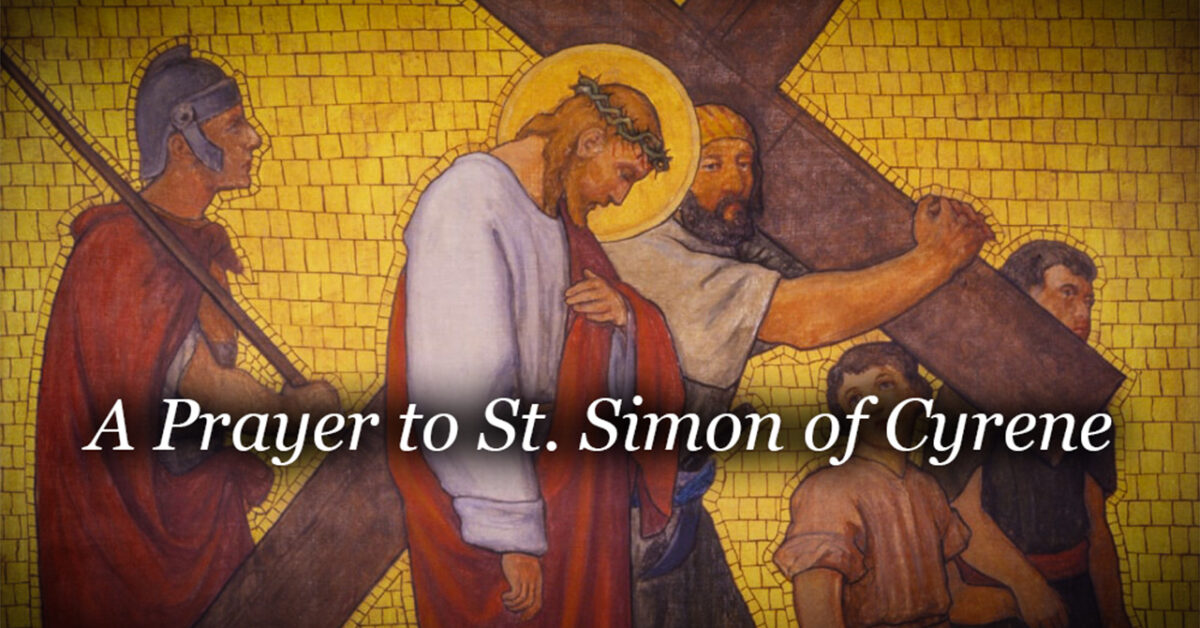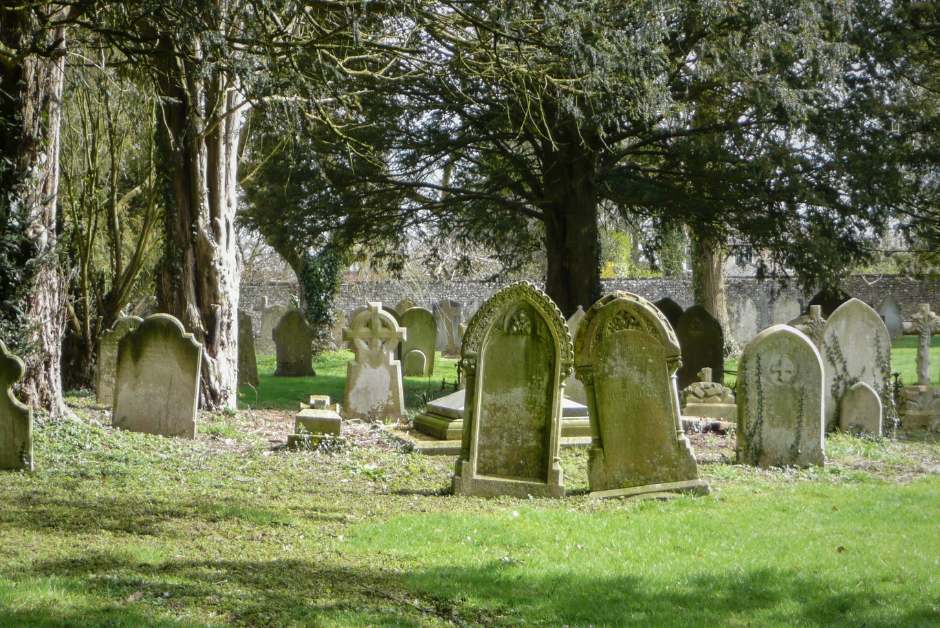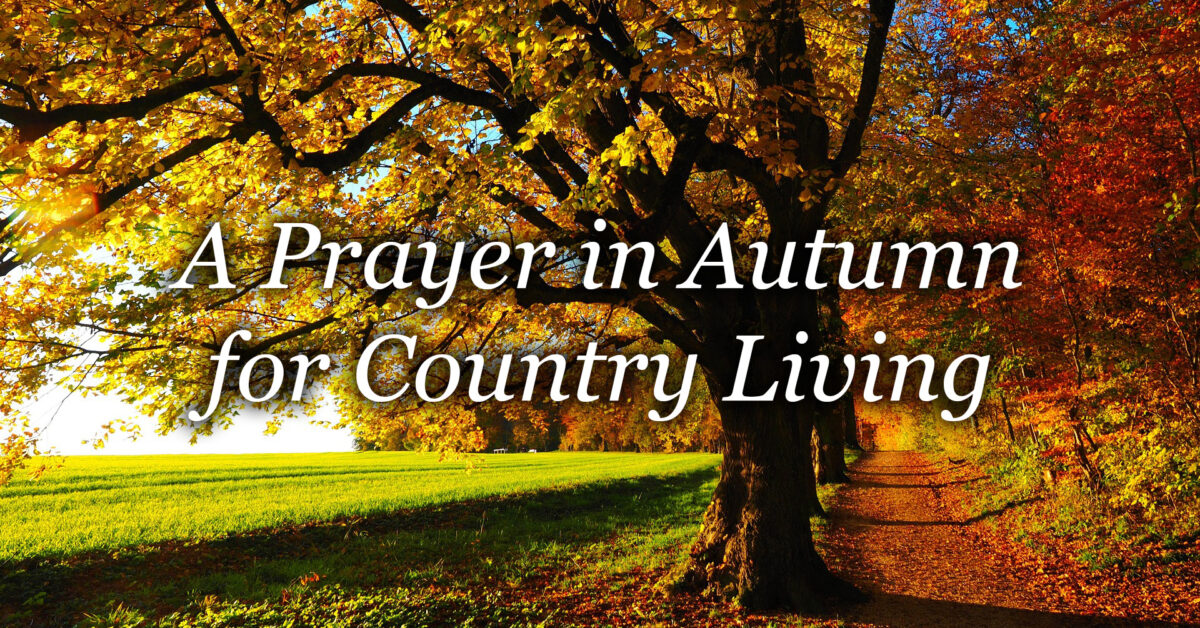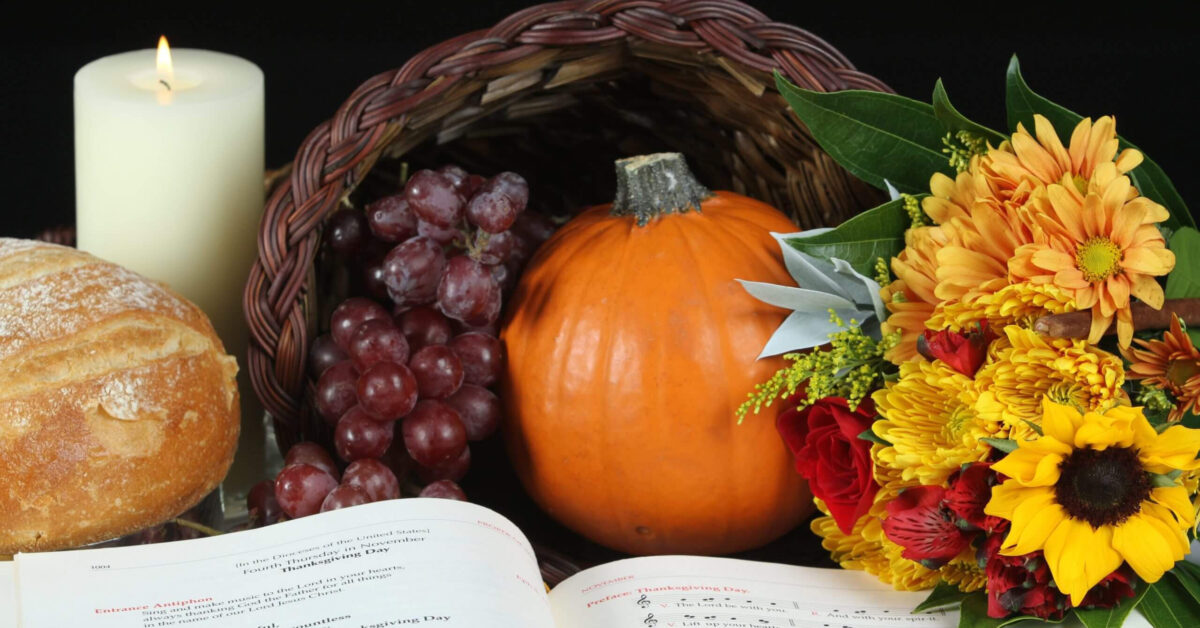(Editor’s Note: This week’s installment of “Storytellers” comes from Liese Peterson, who lives in the “beautiful, vast emptiness” of the Death Valley region. She shares some of her community’s tips for growing the Faith in an area where resources of any kind are in short supply.)
__________________
If you’ve ever been to Death Valley, you’ll see that while it’s vast, stunning emptiness is beautiful, it’s aptly named. The shimmering heat, the vertical height of the western side and the complete lack of water make it a formidable place. Imagine crossing it in a covered wagon and you can see why many people considered turning back.

Just 50 miles north of the entrance to Death Valley at Furnace Creek is the town of Pahrump, Nevada, named by Southern Paiute Indians whose word meant “Water Rock,” a means to describe the many artesian wells underneath the community. Even though electricity and phones didn’t reach Pahrump until the late 1960’s, it’s now a town of nearly 40,000 people, alternatively called “rambunctious” (the town is home to two legal brothels) and “serene” by its many retired residents. The fabulous weather 10 months out of the year, the lack of state income tax, and a low cost of housing has attracted many here, especially those hoping to escape California’s notoriously high taxes.
What’s captivating about Pahrump to so many of us who live there is… the vast nothingness. Indeed, Pahrump is a community but it’s an island, a full 50 miles from anywhere larger, and itself the largest community in the county. The county seat is 180 miles distant, and vast spaces separate areas where people have gathered.
Without meaning any offense, none of the folks interviewed for Rural Catholic Life had ever heard of the publication or its overarching organization, and some reacted with “Do we qualify as ‘rural,’ really? I think maybe we’re just out there.” One old-time chuckled, “we must be rural. God knows we’re not pastoral or bucolic. Maybe rustic.”

Nevertheless, sparsity of population is the beauty and the curse of Nevada’s counties, apart from Clark (Las Vegas) or Washoe (Reno) counties. Pahrump is in Nye County, which has a total population of 43,900, the vast majority in Pahrump, and the balance scattered over a geographic area of over 18,000 square miles (about twice the size of the country of Wales). You get a sense for what it means to be a neighbor when walking to the nearest home for a cup of sugar is a three-day walk requiring gallons of water if you’re going outside Pahrump.
And while those of us who live here love it – seriously – for just these reasons (the vast emptiness does help you understand the concept of “desert fathers”) the dispersal of the community and the nature of the community present serious challenges to Catholics, challenges which frankly can’t be addressed by our already-strained parish and diocesan resources. By explaining some of these challenges, perhaps some of those who are in the countryside or more agricultural areas can get some tips they too can use to overcome distance and access to the faith.
Challenge #1: Limited availability of Mass times, limited access to a priest
Here in Pahrump there are three weekend Masses, including two on Sunday including one in Spanish, and one on Saturday. While a lot of people are fine with that, if you miss one, you don’t have a lot of other choices. Folks in Shoshone, California (closer to Death Valley, thirty miles from Pahrump) receive Mass only twice a month on a Sunday afternoon by a traveling priest who covers five other parishes and travels literally hundreds of miles to do it. The Shoshone church is beautiful but basic. The Pahrump priest travels to Amargosa Valley on Sunday afternoons and there is a Mission Church in Tecopa, California, but if you live in Beatty or in neighboring Esmeralda County, well… good luck.
The lack of Masses is a function of vast areas being served by only one priest. As one of my interviewees remarked, “When I needed someone to talk to about some life experiences this summer, I asked our priest if he could see me. His answer was no. Then fumbled over his words and said that he was just too busy.” Another respondent said, “Coming from a bountiful array of spiritual experiences ranging from numerous retreat houses, active parish with more than 40 service groups (like liturgical dance, singles groups, Ladies’ Guild, Mom’s groups, Life Teen etc.), a substantial library resource at the Diocese, classes of all types, sacramental opportunities, a variety of other parishes within a 10 minute drive to take advantage of their events, and many more resources to a community (now) where a priest drives 4 hours each way to say a simple Mass for 15-20 people is a shock. However, what happens is that there is great effort put forth by the “ruralite” to grow in faith. So, what used to be taken for granted is now difficult to achieve. Therefore, it is more valued.”
Solutions and ingenuity: If necessity is the mother of invention, the lack of access to Sacraments (most notably Reconciliation, which honestly is darned hard to come by) does drive some ingenious solutions, including:
* The creation of “house groups” for Bible study and ongoing learning
* The development of retreats by small groups of lay people
* Heavier reliance on media sources such as EWTN and the internet
* Daily home Rosary devotions
* Awareness of Diocesan meeting schedules (as a means to plan – if the parish priest must go to meetings and is unable to offer Mass, one must plan another source in advance)
* Fervent prayers for our parish and the priests we do have.
Challenge #2: A stark lack of money and a sense of family
Because ours is a community of retirees, many are on a fixed income and are already giving generously to the church and its charities. Nevertheless, we are seldom flush with cash and one serious problem is that so many of the church activities tend to be focused primarily on fund raising, which while necessary does become exhausting. Similarly, we receive the same number of visits as any other Catholic communities from representatives of other worthy causes, whether it is remote Alaskan parishes who need money to survive or a community of Sisters who are doing extremely commendable work. That said, the constant dwelling on church activities as fund raisers and fund raisers only has a depressive effect. Simple events such as a choir’s Christmas concert must carry some sort of donation at the door (to send the teens to Steubenville, or sometimes to feed the very teens who might go) and while we have some enterprising people…. We need to be wary that the church not be only a fund raising activity.
As an example, one respondent said, “Our rural community needs a priest that is passionate not only about HIS faith but also about the family that congregates in his church…. That lack of passion is what is keeping our church from interacting in our community. I feel that the Catholic faith is more than a Friday fish fry.” When the priest is not passionate, parishioners can feel abandoned, and driving 50 miles to a Las Vegas church where they attend only occasionally provides little sense of family.
Solutions and ingenuity: The “pioneering spirit” which brought many of us out to this vast emptiness ironically also compels us to create our community when no one else will step in to fill the void. While we cannot as a community administer our own Sacraments to ourselves, we can build our faith together through various activities, despite the above mentioned “charity burnout.” Examples include:
* Participating actively in Masses and ceremonies which may be completely foreign to your experience (e.g. Filipino or Spanish Catholic traditions) but which will enrich us and bring us together (especially during Advent and Lent;) One respondent said, “Community Events are sometimes a big plus, especially given benefitting from those emanating from our fellow Hispanic parishioners’ traditions.”
* Actively practicing the abundance of Catholic practices for families as described in publications like Catholic Digest, and focusing on fun activities like cooking, discovering the saints, role playing and more
* JUMP IN. One of the best responses to this question yielded this answer, “teaching RCIA is a great boon for our personal faith formation and reinforcement.” There is hardly a parish in the country that doesn’t need more catechists.
Challenge #3: Demographics, demographics, demographics
A community of retirees is of course likely to have a more dominant population of older individuals, which typically means people who cannot/prefer not to drive, people who are homebound, and people who are caring for them. In addition, Pahrump’s population swells by 15 to 20% each winter as the “snowbirds” arrive, a group which is deeply welcome because of their economic contribution, but who are only part of the parish for a short time each year (typically six months or less). Finally, because we are in the middle of this beautiful, vast emptiness, it’s not uncommon for people to simply pick up and move, either because they feel isolated, or because their families are “back East,” or simply because they’ve found this isn’t the life they sought.
This problem is compounded when it comes to such cherished groups as the Knights of Columbus, the Daughters of Mary, and so on. When they do exist, their numbers are eroding quickly, and they have difficulty attracting younger members. Clearly, we must accept the fact that these types of religious gatherings may not appeal to younger parishioners.
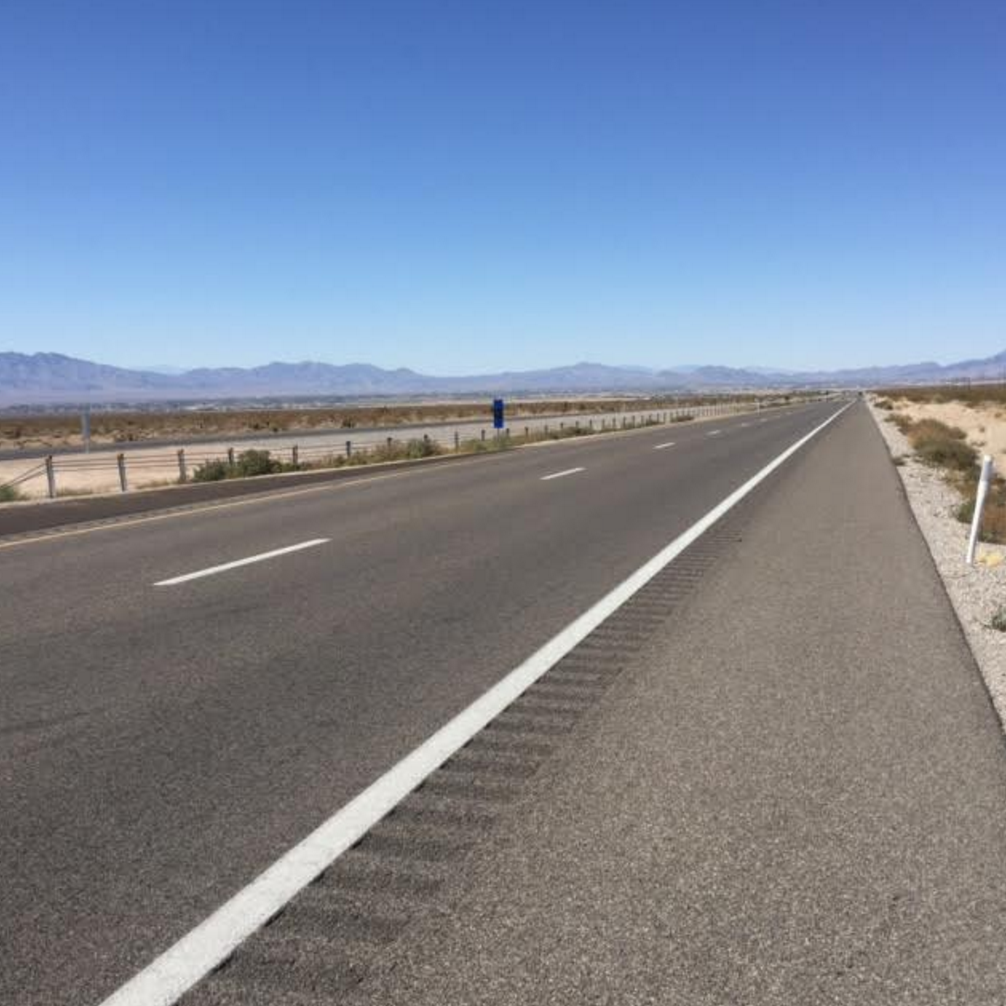 Solutions and ingenuity: I doubt that we in the Mojave Desert have much new to offer in this regard, we have found that our parishes thrive when they embrace the local culture. It may not be in our nature to have Aztec dancers at the Feast of Our Lady of Guadalupe (in fact, speaking personally, I didn’t know this feast even existed until I moved here) but the Aztec dancers are awesome, and being open to different traditions without judging others’ approaches makes the Mass an amazing experience. In the meantime, here are some solutions which have worked well:
Solutions and ingenuity: I doubt that we in the Mojave Desert have much new to offer in this regard, we have found that our parishes thrive when they embrace the local culture. It may not be in our nature to have Aztec dancers at the Feast of Our Lady of Guadalupe (in fact, speaking personally, I didn’t know this feast even existed until I moved here) but the Aztec dancers are awesome, and being open to different traditions without judging others’ approaches makes the Mass an amazing experience. In the meantime, here are some solutions which have worked well:
* Praise and recognize all volunteers, as often as possible, whether they’re leading the singing, cleaning the church, providing coffee, or doing anything at all. Saying thank you to people when there is no budget, no one else to do it, no time for alternatives, etc. is hugely important.
* Make use of age-appropriate resources: Dynamic Catholic has some great materials for younger adults, and lively teen programs grow livelier when they are led by the right person, full of the spirit, who knows how to make faith relevant to teens and other youth. Select the youth ministry team very, very carefully.
* Recruit more people than you need. Sadly, in many of the rural parishes in our region, the same people are the lectors at every Mass, the same people bring up the gifts, and so on. We need to make sure everyone is involved, and the priest can do his part to enliven participation so that everyone feels interacting in the Mass is possible (indeed, when only 15-20 people are present, it’s an entirely different, deep and satisfying experience).
Although farming (cotton and grapes) are part of our heritage, as are ranching and mining, this sparse state presents some truly difficult challenge for us. We welcome all of you to visit us and join us in fellowship; perhaps you too will fall in love with God’s beautiful, vast emptiness!
